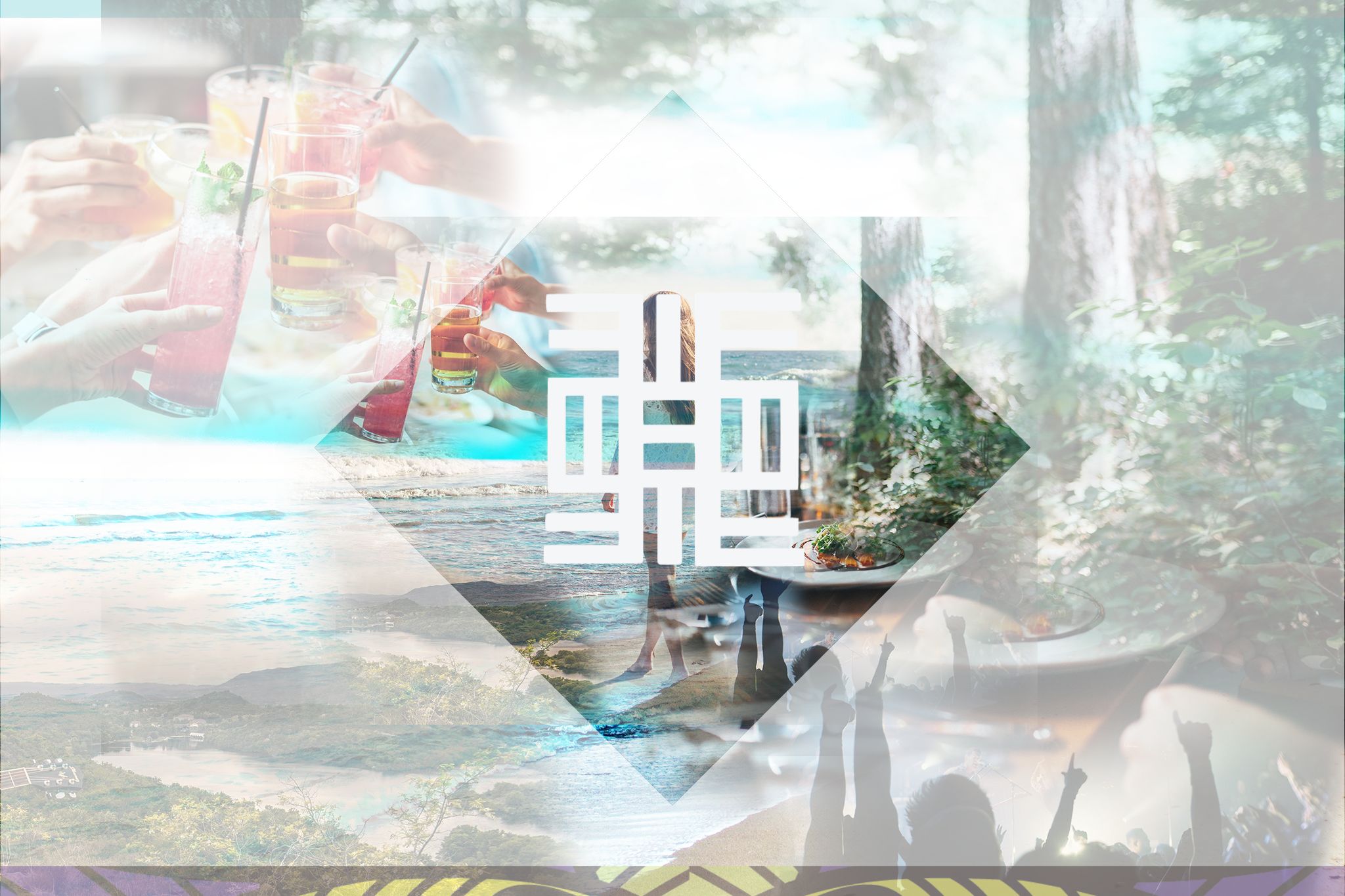
Dive into Ghana’s cultural treasures at Kumasi’s Centre for National Culture. Jump on to a journey of craftsmanship, workshops, events, foot-tapping music and dances. Walk through the timeless stories about Ghana through art. Welcome to a space where traditions come alive, and you are the guest of honour!
A Cultural Epicentre in the Ashanti Region
Kumasi, Ghana's second-largest city, was the spiritual home of the Ashanti Kingdom. Today, Kumasi also embodies the cultural ethos of the nation. The Ashanti Region of Ghana has many beautiful landmarks to see. All of them tell the stories of the past and probably the future.
The Centre for National Culture in Kumasi is a lively place that showcases Ghana’s unique culture. It plays a big part in helping people understand what it means to be Ghanaian. This well-kept, even award-winning centre is a space filled with traditional art, crafts, music, dance, and stories. It’s also a place where local artists can show their skills and keep old art traditions alive.
The Centre is full of symbols in everything. The Ashanti people use Adinkra symbols to represent deep thoughts, past events, and important values. Each symbol has its message, its own wisdom of the Ashanti people. Events like the Akwasidae festival and music events offer visitors an authentic insight into Ghana's culture.
History and evolution
Dr. Alexander Atta Yaw Kyeremanten - the founder of the National Cultural Centre - had a goal to create a haven that fully resonates with Ghana’s rich culture, history, and art. Cultural shifts, Western influence, and the struggle for independence shaped his ideas. For him, the Centre wasn’t just an architectural feat; it was the cornerstone of showcasing all the cultural aspects of Ghana culture to the world.
Dr. Kyeremanten envisioned an accessible space that would house Ghanaian heritage beyond the written word and accounts. His goal was to build a place that showcases all cultural forms, like music, dance, and architecture.
The Centre came into existence thanks to government funding, locals, international supporters, and all those people who value cultural preservation. It gained national status under the leadership of Dr. Kwame Nkrumah, the first president of independent Ghana. This status allowed the Centre to spark a cultural renaissance to revive Ghanaian cultural practices. The Centre turned into a massive, dynamic stage for cultural revival with traditional drumming events, folk songs, Kente cloth weaving workshops and so much more. This influence spread across sub-Saharan Africa, inspiring a movement of post-independence cultural developments. The National Commission on Culture suggested renaming the Centre as the "Centre for National Culture" in 1990 to match other cultural centres in Ghanaian regions.
The Centre is a symbol of pride and heritage for Ghanaians. Don't miss the Prempeh II Jubilee Museum and Okomfo Anokye Sword site when visiting the National Cultural Centre, Kumasi. The artefacts on display show the grandeur and traditions of the Ashanti monarchy, including jewellery, Kente cloth, and royal artefacts.
The Multifaceted Experiences
The National Cultural Centre invites visitors to engage with the culture of the Ashanti Region through its variety of craft workshops like wood carving, pottery, weaving, beadwork, batik, and tie-dye making. Festivals, dance shows, and music events happen all year round. Visitors become active participants in this rich cultural dialogue. Join and try traditional drumming, weaving, and pottery making, guided by skilled mentors!
If you are a culture enthusiast or just a curious mind, this is your chance to feel the pulse of Ghana’s cultural heartbeat. Understand how the transformative journey has paved the way for cultural development in the region. It’s not merely about safeguarding artefacts. Preserving Ashanti culture is also showcasing the intangible elements like language, folklore, customs, and rituals. Here, at the National Cultural Centre, culture is not a mere concept; it is a LIVED experience, a shared narrative that weaves individuals into the canvas of the art world. Visit, explore and be a part of this extraordinary journey of cultural evolution and preservation!







